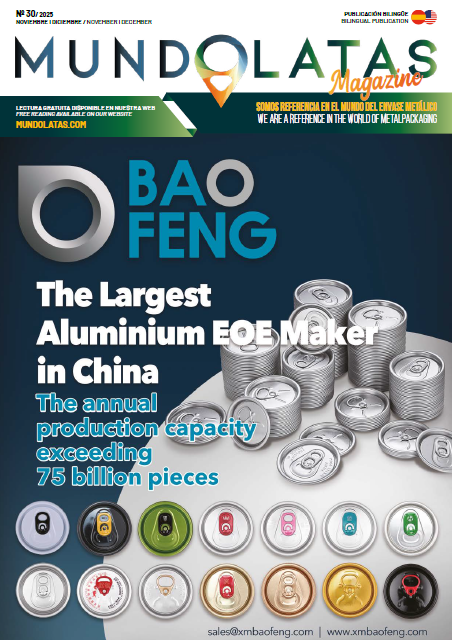A recent study promoted by the European Environment Agency found that only aluminum, paper and glass had an adequate operating system in relation to the eight most common markets for secondary materials.
The European Environment Agency (EEA) has published a report entitled ‘Investigating Europe′s secondary raw material markets’, which presents a set of criteria for analyzing the functioning of secondary recycled raw material markets on the continent. Improving the functioning of markets for recycled raw materials is key to achieving a circular economy in the EU, reducing the need to extract natural resources and avoiding the associated environmental impacts.
Growing environmental concerns led the European Environmental Protection Agency (EEA) to conduct a study on common markets for secondary materials. This study revealed that only three of them met the necessary level to guarantee the delivery of reliable and structured data: aluminum, paper and glass. These markets provide credible and continuous information to market stakeholders, are international and open, and recycled materials have a significant market share compared to raw materials, the report says.
A scientific study carried out by the European Environment Agency highlighted the problems that make the operation of five secondary raw materials markets very difficult. Specifically, we are talking about plastics, textiles, wood, bio-waste and aggregates derived from waste generated during construction projects. The main drawbacks encountered by the researchers are the limited relevance of the market size with respect to raw materials, a decreasing demand and the impossibility at a global level to agree on a certain level of commercial quality. In addition, some materials face specific challenges, such as the competitive demand for energy use in the case of wood.
In addition, this report highlights the need for more information to enable proper monitoring and evaluation of market development, the EEA report presents several solutions to overcome market barriers for recycled raw materials. These include incentives to design products that are easier to recycle, strengthening recycling targets, increasing recycled content in new products, setting technical standards for recycled materials, and using taxes to level the price competition with primary raw materials.














